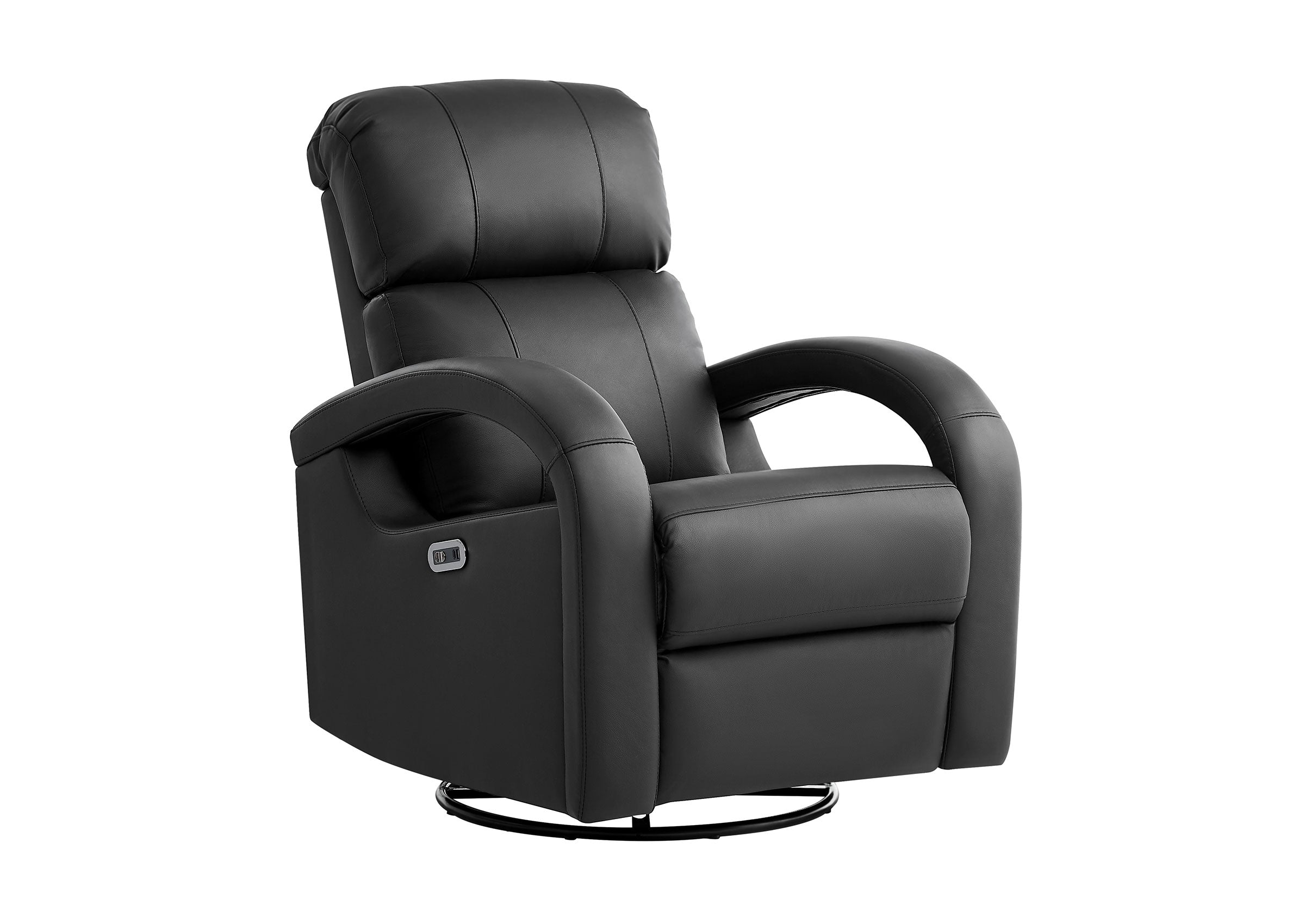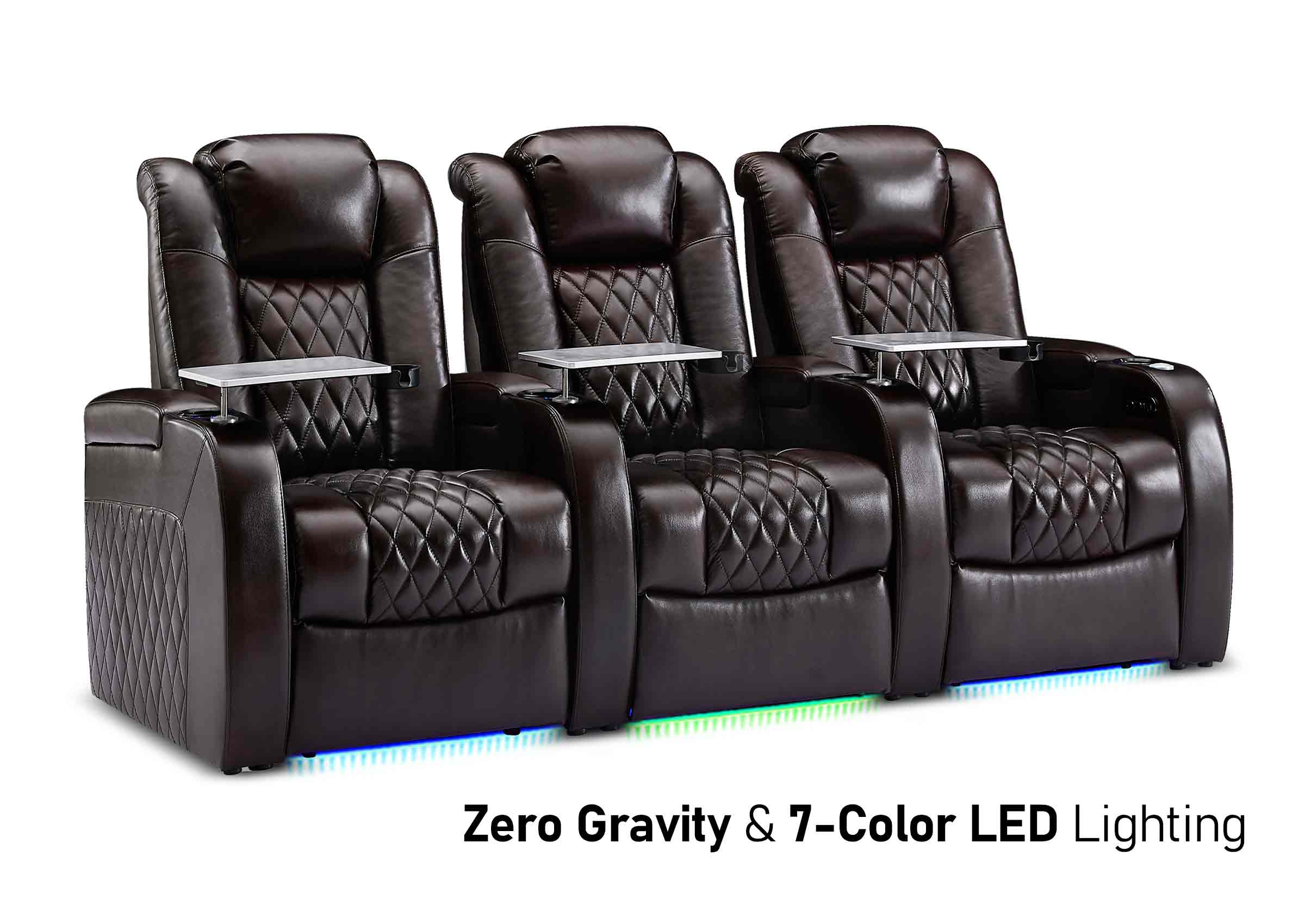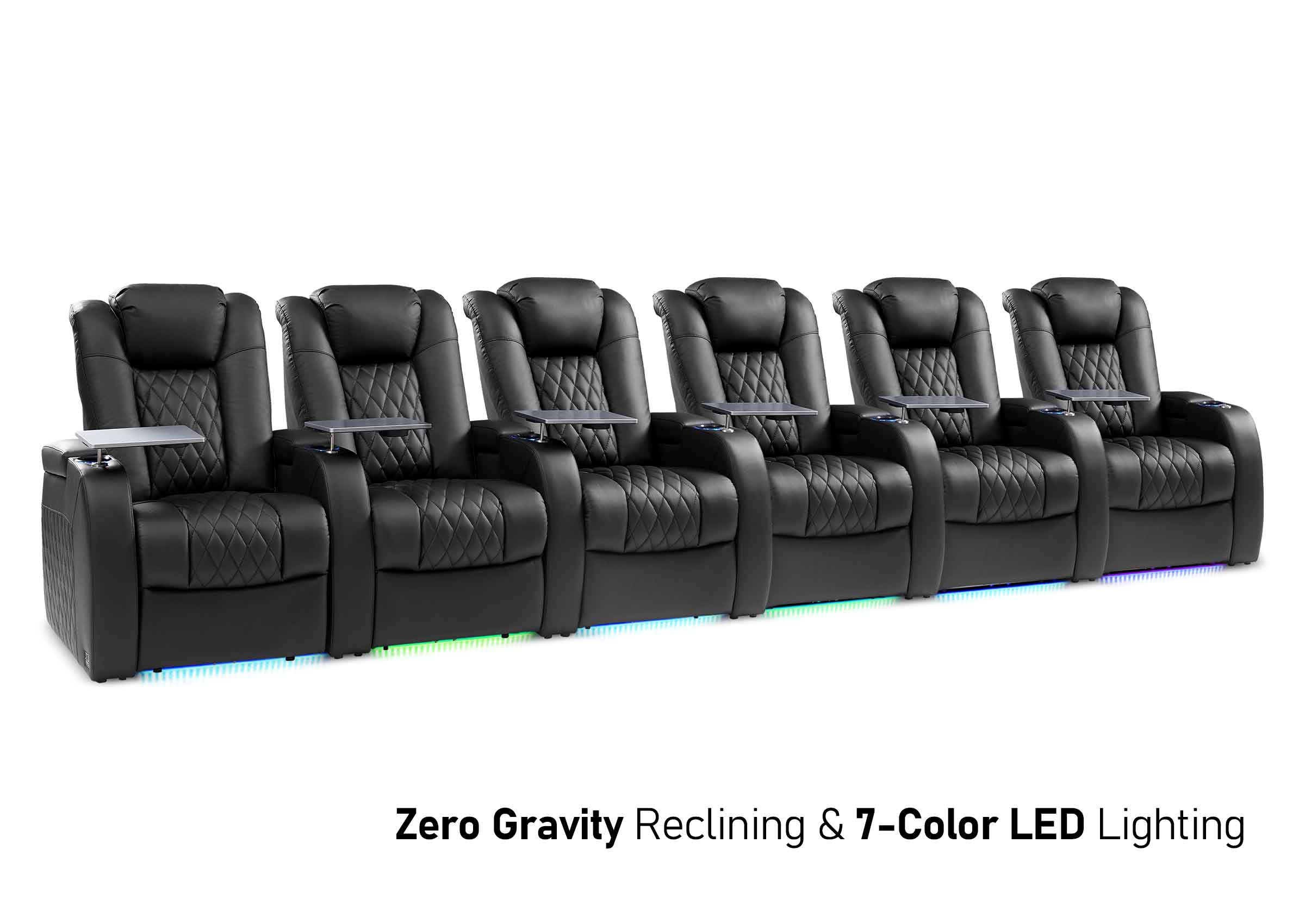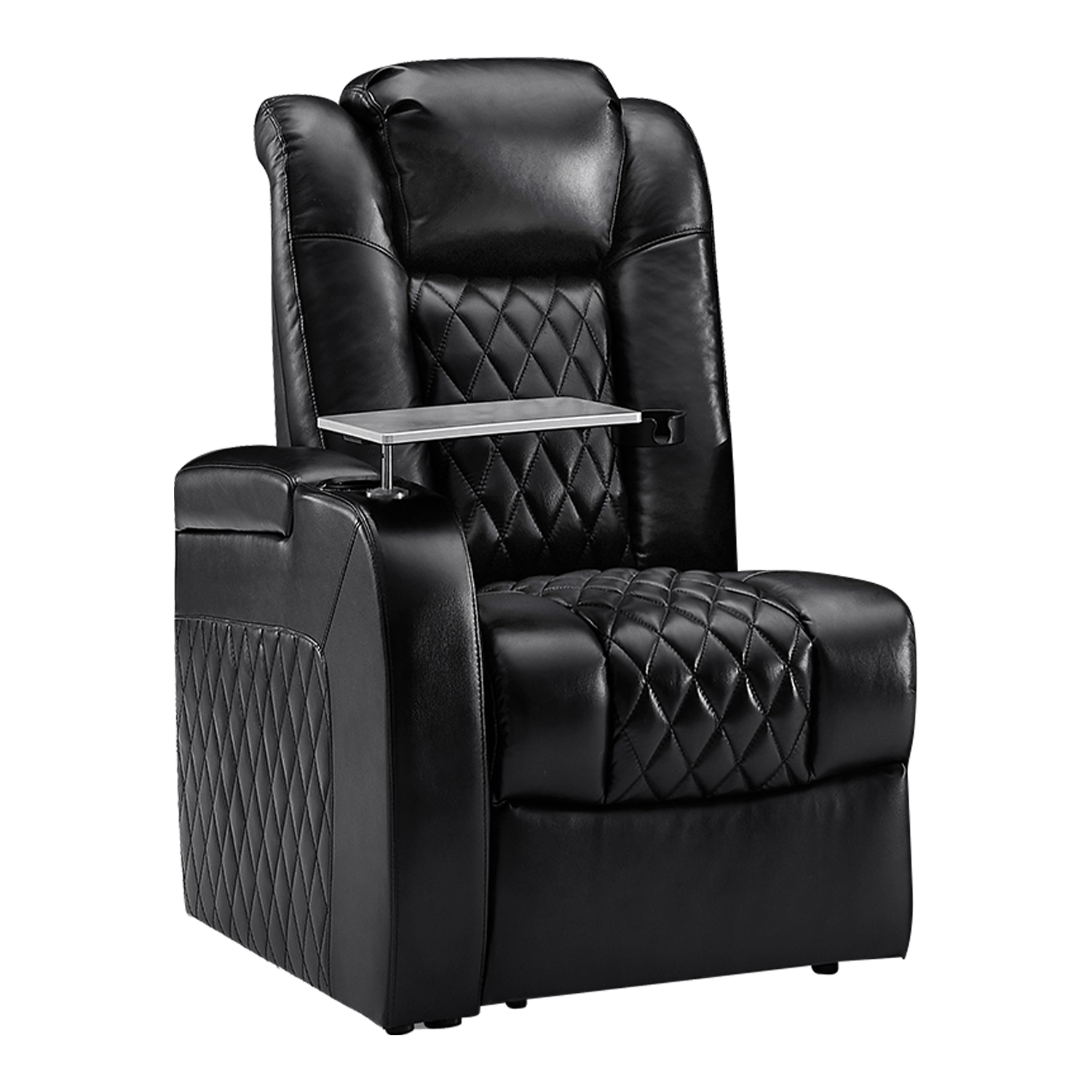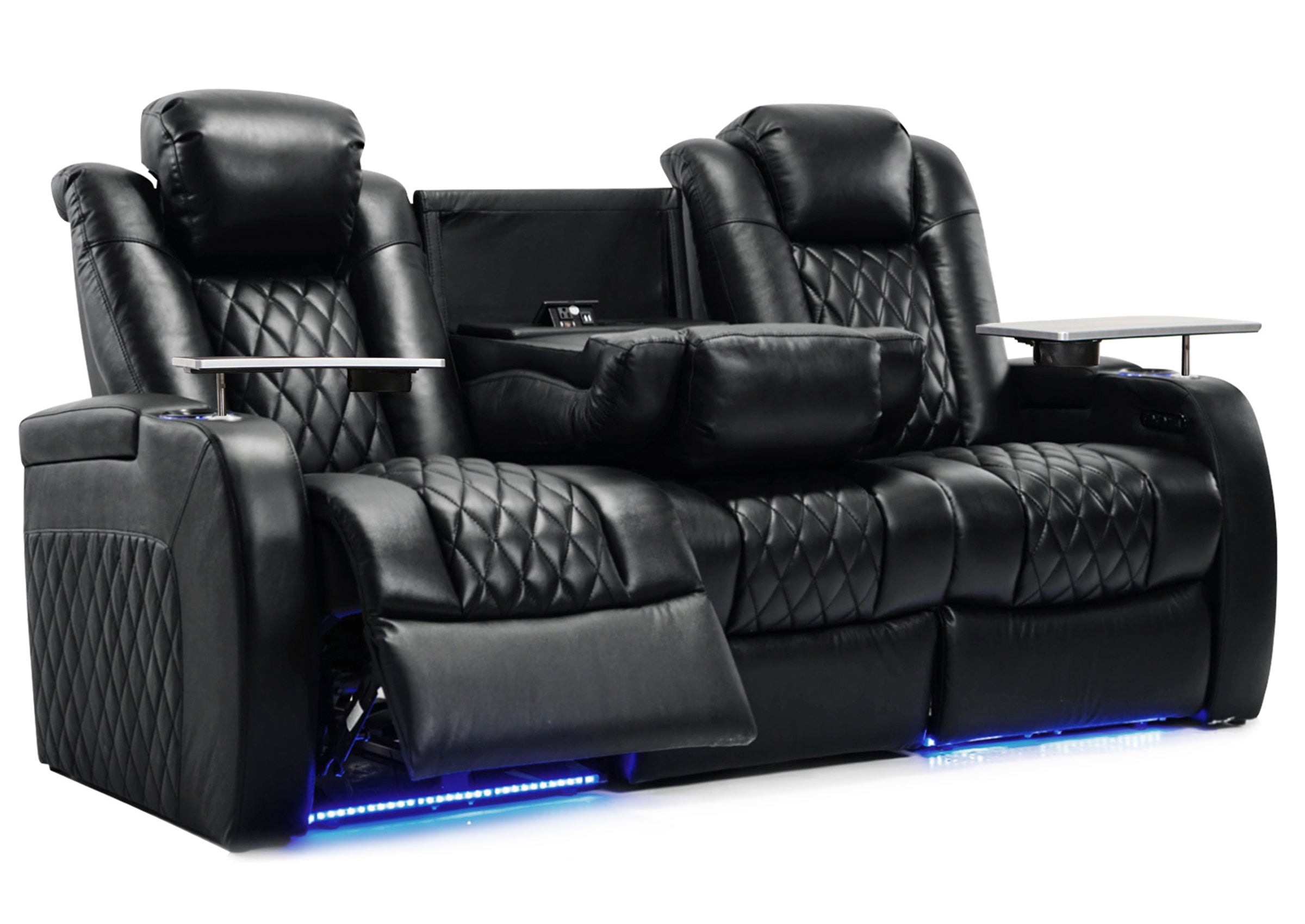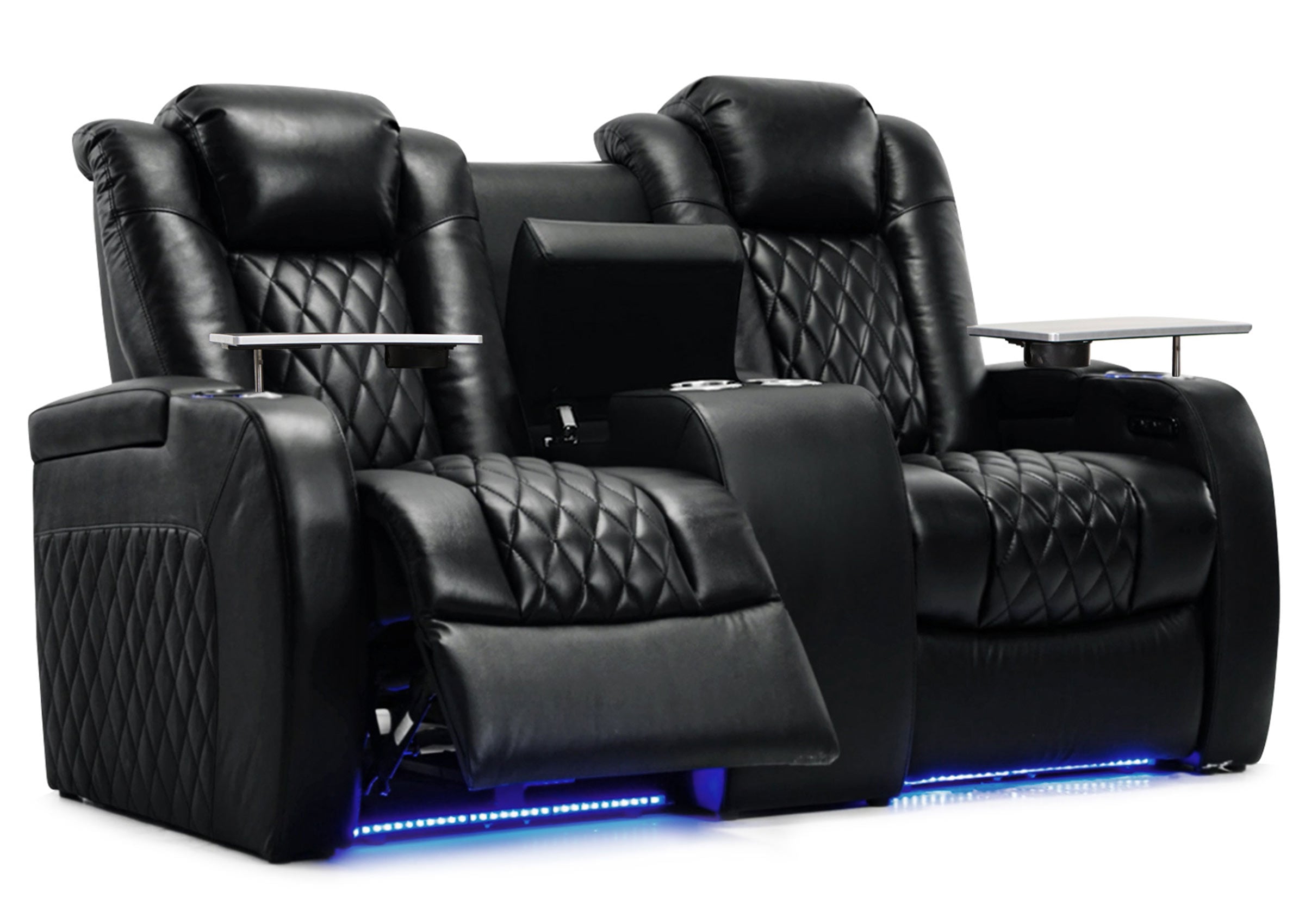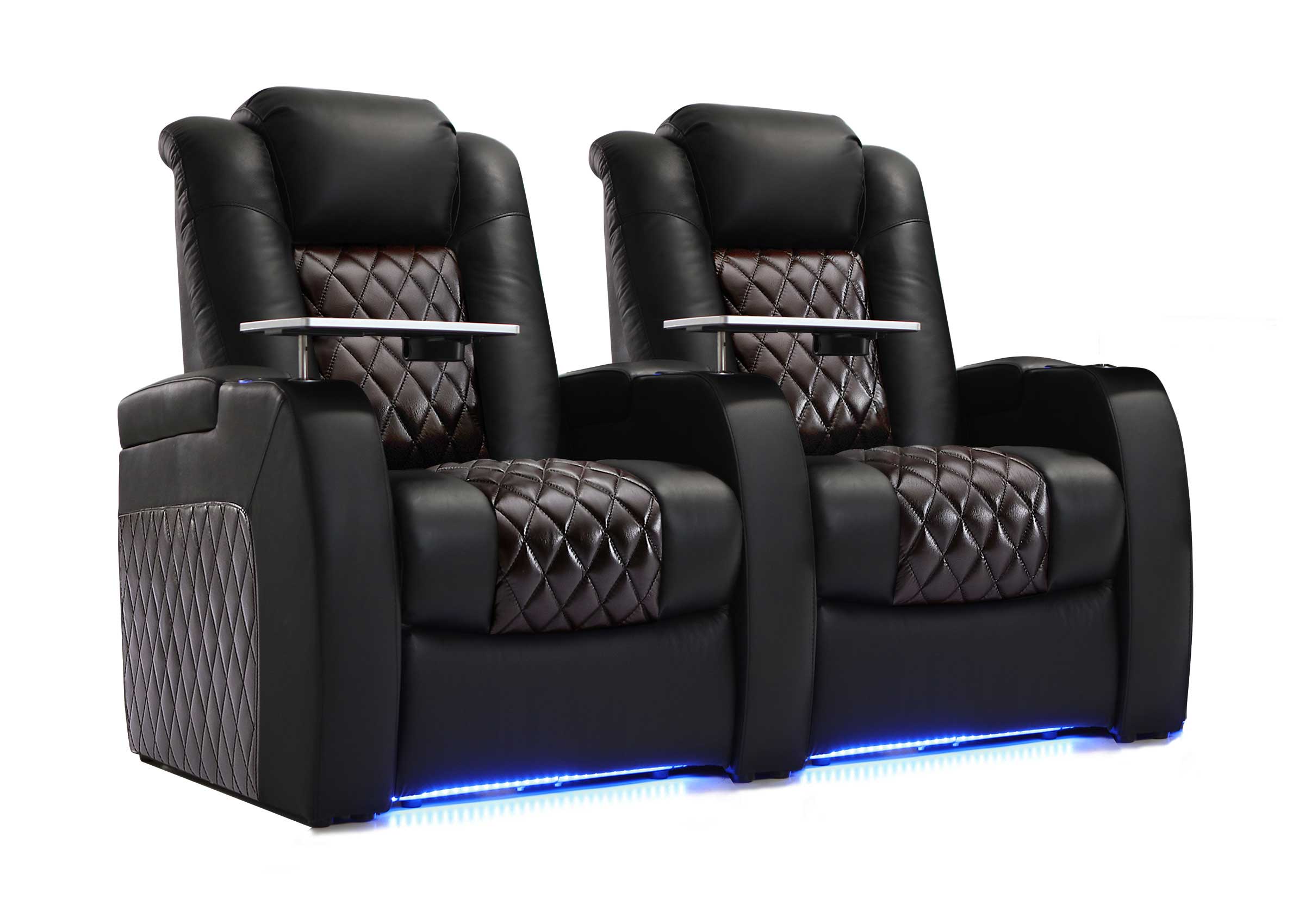A home theater has become an important part of improving the quality of life for many families. In this guide, we will explore in depth how to build the perfect home theater experience from scratch, covering all aspects from room selection to final touches.
Room Shape and Size - The Foundation for Building a Theater

The room shape and size is the foundation for building a home theater, as they determine sound effects, seating layout, and viewing experience.
Here are some suggestions to help you tailor the space for your home theater:
- Avoid excessively elongated rooms: Elongated rooms can cause sounds to repeatedly reflect between the walls, reducing sound quality. Therefore, choosing a rectangular or square room would be more ideal.
- Consider room height and width ratio: Generally, a rectangular room with a height to width ratio of 1.5:1 to 2:1 can achieve optimal acoustics. For example, a 3 meter wide and 6 meter long living room can accommodate a comfortable viewing space.
- Determine optimal seating layout: To achieve the best viewing experience, you need to adjust the seating layout based on room size and shape. A common layout is to arrange the sofa, chairs and tables together to form a circular or semi-circular seating area. This layout can ensure all viewers have a clear view of the screen.
- Consider soundproofing measures: To reduce the impact of external noise on the viewing experience, you can consider installing sound insulating materials on walls and ceilings. Additionally, using carpets can also absorb sound and reduce echoes.
- Choose suitable furniture: To increase comfort, you can choose soft and cozy sofas and chairs. Also make sure the color and material of the furniture coordinate with your overall decorative style.
Many home theater enthusiasts have successfully turned their homes into private theaters. For example, one homeowner installed a professional home theater system in his living room, including a big screen TV, surround sound system, high-quality projector and comfortable seats. Through reasonable layout and carefully selected equipment, he successfully created an ideal viewing space that amazed his family and friends.
Projector and Screen Setup - The Core of Visual Enjoyment

Choosing the optimal combination of projector screen type, size and pairing can help you achieve the best viewing experience. Here are some examples of installation and angle adjustment techniques:
- Projector screen type selection: Currently the main types of projector screens on the market are reflective, transmissive and LCD. Reflective screens are suitable for brighter environments, while transmissive screens are more suited for darker environments. LCD screens can be used under any lighting conditions. Consider 4K laser projectors for a truly cutting-edge visual experience with incredible brightness and color accuracy.
- Projector screen size selection: It is very important to select a suitable projector screen size according to viewing distance. Generally speaking, the projector screen size should be at least 1.5 times the viewing distance. To ensure precision in your setup and avoid eye strain, you can use a TV viewing distance calculator to find the exact optimal placement. For example, if your viewing distance is 2 meters, you should choose at least a 3 meter wide projector screen.
- Installation techniques: When installing the projector screen, make sure it is flat and wrinkle-free. If possible, it is best to mount the projector screen on the wall to provide better stability and viewing angles. Also ensure the distance between the projector and screen is appropriate to avoid image distortion.
- Angle adjustment techniques: In order to achieve optimal viewing, you need to adjust the angle of the projector. Generally, the projector should be positioned perpendicular to the screen, but can also be tilted slightly up or down. The specific tilt angle should be determined according to your room layout and personal preference.
-
HD home theater experience: If you want to enjoy HD video quality at home, then investing in a quality projector and appropriate screen is well worth it. There are now many high-resolution projectors on the market that can provide clear, vivid images that give you a movie theater level viewing experience at home.
Sound System Placement - Perfect Reproduction of Theater Sound

There are many factors we need to consider when designing the sound system.
We need to select suitable audio equipment. This includes speakers, amplifiers, mixers, audio processors, etc. When selecting, we need to consider factors like the sound quality, power, impedance of the speakers, and whether they can match our sound source devices. Explore technologies like Dolby Atmos and DTS:X for truly immersive, three-dimensional audio experiences.
We need to reasonably layout the audio equipment. Generally, speakers should be placed on the diagonals of the room so that the sound is evenly distributed throughout the room. In addition, we still need to consider the location and height of the speakers to ensure they can accurately capture the sound from the sound source.
Sound tuning is an important part of sound system design. We need to adjust the settings of sound equipment according to the size, shape and materials of the room. For example, if the room is larger, we may need to increase the volume; If the room has hard walls or carpeting, we may need to use sound absorbing materials to reduce echoes and reverberation.
Acoustic insulation and soundproofing design are also key parts of sound system design. We need to ensure that sound equipment does not interfere with activities in other rooms, while also preventing external noise from entering the room. To achieve this, we can use sound insulating materials to isolate sound, or use soundproof curtains and windows to block out external noise.
In summary, designing a perfect sound system requires comprehensive consideration of many factors, including equipment selection, layout, sound tuning and acoustic insulation and soundproofing design. Only then can we create a sound system that provides high quality sound as well as a comfortable listening environment.
Insulation and Wiring - Details Determine Success or Failure

Electrical wiring is an important part of electrical engineering, involving aspects such as wire laying, connection and protection. A successful electrical wiring plan should take into account the safety, reliability, maintainability and aesthetics of the wires. When designing an electrical wiring plan, engineers need to fully understand room layouts, equipment distribution, and power loads in order to ensure wires can safely and efficiently transmit electricity.
In the wiring process, hidden details often determine the success or failure of the entire plan. For example, wire laying methods, joint processing, and cable duct selection will all affect the performance of wires. Additionally, wire wiring also needs to consider issues like fire protection, moisture protection and corrosion protection to ensure the service life and safety of wires.
Acoustic treatment in the room refers to optimizing the sound propagation path in the room to achieve the purpose of reducing noise, improving sound quality and improving the indoor environment. Acoustic treatment includes a variety of methods such as sound absorption, sound insulation, sound masking, etc. It can be applied to home theaters, recording studios, conference rooms and other occasions. To optimize acoustics, consider using specific materials like acoustic panels, bass traps, and diffusers strategically placed to manage sound reflections and reverberation.
When performing acoustic treatment, engineers need to select appropriate materials and technologies according to the characteristics and requirements of the room. For example, for large conference rooms, sound absorbing boards and sound insulating walls can be used for sound insulation; for music halls, sound absorbing boards and diffusers can be used for sound absorption. In addition, the acoustic effect can also be improved by adjusting the layout of the room and setting up appropriate furniture.
In summary, electrical wiring and acoustic treatment in the room are two important aspects of electrical engineering. They jointly determine the functionality and comfort of a building or site. Therefore, when carrying out electrical engineering design, engineers need to fully consider the requirements of these two aspects in order to achieve optimal design and effects.
Ceiling Lights and Audiovisual Controls - Create a Theater Atmosphere

Ceiling lights and audiovisual controls are indispensable important elements in theater design. Together they create an immersive viewing environment for the audience. In theater design, the importance of lighting design goes without saying. Appropriate lighting can enhance visual effects and make it easier for viewers to immerse themselves in the movie setting. At the time, lighting can also adjust the mood of the audience to make the viewing experience more enjoyable.
Intelligent audiovisual control systems are intelligent systems that integrate audio, lighting, air conditioning and other equipment. They can automatically adjust the status of various equipment according to the content and atmosphere of the movie to provide viewers with the best viewing experience. When selecting an intelligent audiovisual control system, factors such as functionality, performance, stability and compatibility with other theater equipment need to be considered. Consider integrating your system with a broader smart home setup for seamless control of all elements from a single interface.
When installing an intelligent audiovisual control system, reasonable layout and debugging need to be carried out according to the actual conditions of the theater. For example, audio equipment can be installed at the rear of the auditorium to better convey sound; Lighting equipment can be installed on the ceiling to keep the light uniform without affecting the audience's line of sight; Air conditioning equipment can be installed in appropriate locations to ensure suitable indoor temperatures, etc.
There are many ways to enhance the viewing experience through lighting.
Lighting brightness, color temperature and color can be adjusted to restore movie scenes. For example, darker lighting and cool tones can be used to create a tense atmosphere in horror movies; warm lighting and soft colors can be used to create a romantic atmosphere in romance movies.
Different lighting modes can be set up to meet the needs of different types of movies. For example, an "action" mode can be set for playing action movies; set up a "suspense" mode for playing suspense movies, etc. Consider adding bias lighting behind the screen to reduce eye strain and improve perceived contrast. For a truly luxurious feel, consider starry ceiling lights to mimic a night sky.
Enriched viewing experiences can also be achieved through coordination with other equipment. For example, seat heating can be used in coordination to allow viewers to experience comfortable temperatures while watching; Special effects in movies can be coordinated with, such as adding smoke effects during fighting scenes.
In summary, ceiling lights and audiovisual controls play a pivotal role in theater design. By selecting appropriate intelligent audiovisual control systems and properly installing them, a more immersive viewing experience can be brought to the audience. At the same time, through the ingenious use of lighting, the expressiveness of movies can be further enhanced, allowing viewers to more actively participate in the story of the movie.
Home Theater Seating and Layout - The Key to Comfort

When building a home theater, the comfort of the seats is extremely important. Choosing ergonomically designed seats allows you to enjoy a more comfortable experience while watching movies. In addition, the height, angle and position of the seats also need to be adjusted according to personal needs in order to achieve optimal viewing effects.
Seat comfort is closely related to ergonomics. An excellent home theater seat should have good support, breathability and comfort. The back and armrests of the seat should be able to fit the curves of your body and provide adequate support. At the same time, the surface material of the seat should have good breathability to ensure staying dry and comfortable while watching movies.
The seat padding should also be moderately soft to reduce fatigue from prolonged viewing.
The height, angle and position of the seats also have an important impact on viewing effects. Generally speaking, the seat height should be slightly lower than the screen to avoid neck fatigue. At the same time, the angle of the seat should also be properly adjusted so that you can maintain good sitting posture while watching movies. In addition to individual home theater seats with recline and lumbar support, consider how a large, comfortable sofa can offer a more relaxed, communal viewing experience, adjusting its position based on screen size and viewing distance to ensure your line of sight always remains in the center of the screen.
To make your home theater even more perfect, you can also try customizing seat layouts. For example, you can arrange the seats in a movie theater style, or set up some special seating areas according to your preferences. In addition, you can add independent audio systems to each seat to achieve personalized sound effects.
In summary, choosing suitable home theater seats and layout design can make your home theater more comfortable, personalized and professional. While enjoying high-definition visuals and powerful sound effects, you can also experience unprecedented viewing pleasure.
Installation and Final Touches - Details Determine Success or Failure

The importance of professional installation in home renovation goes without saying. For a successful home renovation project, in addition to aesthetic design and careful material selection, a professional installation team is also needed to ensure perfect integration of all parts. While some tasks can be DIY, complex wiring, projector calibration, and intricate acoustic panel placement often benefit greatly from expert touch. From flooring, walls to furniture and lighting, every detail needs to be accurate to deliver satisfactory results. Therefore, when choosing a renovation company, it is imperative to understand the expertise and experience of its installation team, to ensure smooth progress of the project.
Personalized Decoration and Style Shaping
Personalized decoration and style shaping are crucial in home renovation. Each household has its own unique lifestyle and aesthetic values, so when renovating homes, the needs and preferences of family members should be fully considered to create personalized living spaces. This requires designers to have rich experience and keen insight to accurately grasp the owners' requirements and incorporate them into the design plan. At the same time, owners should also actively participate in the renovation process and communicate fully with designers to ensure that the home environment presented ultimately meets their expectations.
Maintenance and Upgrade Strategies
In home renovation projects, maintenance and upgrade strategies are equally important in the process from installation to final presentation. Firstly, during installation, all materials must meet quality and performance standards to ensure stability and safety in later use. In addition to furniture and equipment, pay attention to details like seam processing for flooring and coating thickness for walls, as these will affect the overall effect.
After renovation, homeowners also need to carry out regular maintenance to keep the home environment clean and comfortable. This includes daily cleaning and maintenance of furniture and appliances, as well as regular inspection and repair of floors and walls. As family needs change, home environments also require constant adjustments and upgrades. Adjustments can then be made to home layouts and furniture placement based on actual circumstances in order to meet new needs. In this process, homeowners can consult professional interior designers for more advice and guidance.
In summary, every aspect from installation to final presentation is important in the home renovation process. Only by grasping these details can a home environment that is both aesthetically pleasing and practical be created.
Cost Considerations - High Cost-effectiveness Home Theater Build

When planning the budget for building a home theater, the first thing to consider is cost. A budget of $10,000 to $50,000 can purchase some high quality home theater equipment including TVs, sound systems, projectors, etc. However, this budget can also be adjusted according to your needs and preferences. For example, if you want higher-end equipment, you may need to increase the budget. Conversely, if you just want a basic entertainment system, the budget may be lower.
Within this budget range, you can consider buying a high-definition TV that will provide a better visual experience. The sound system is also very important because it will determine the sound quality of your movies or games. Projectors can provide a larger screen but installation and maintenance costs also need to be considered.
In terms of return on investment, a good home theater can not only provide entertainment, but also increase property value. Research shows houses with home theaters have higher market appeal as they offer a lifestyle that makes buyers more willing to pay higher prices for such homes. In addition, home theaters can also serve as venues for social activities, increasing the use value of homes.
Taking the example of a cost-effective home theater case, one consumer purchased a 50-inch high-definition TV, a high-quality sound system, and a portable projector on a $10,000 budget. He also bought some comfortable sofas and snacks to enhance the viewing experience. After some use, he found that this home theater provided the entertainment he needed, and the value of his property also increased. Therefore, he believes this is a high cost-performance investment.
This guide covers all the basic steps to creating a perfect home theater. We hope it can help you build an enviable entertainment space at home and improve the quality of life for you and your family.














